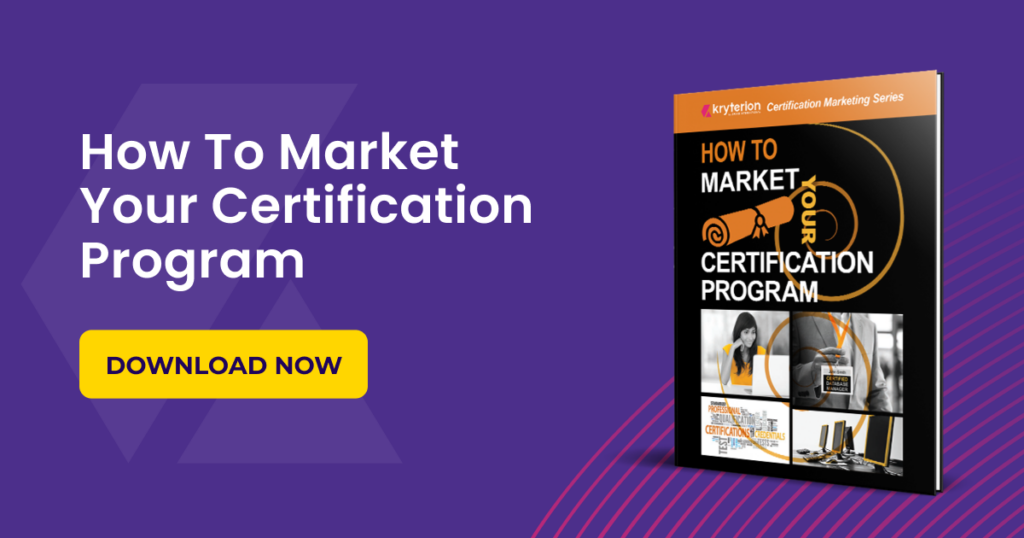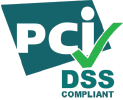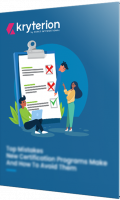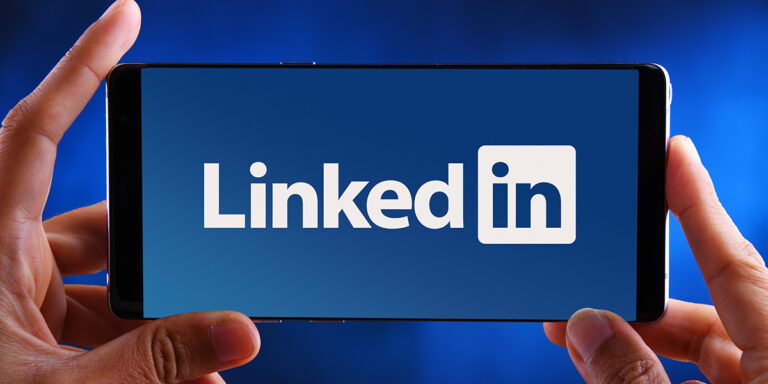LinkedIn is the third-largest social networking site on planet Earth after Facebook and Twitter. It’s the number one professional networking site with more than 800 million members. LinkedIn users are different than those on other social media platforms. In this article, let’s uncover best practices for using LinkedIn marketing for credentialing programs.
● 59% of LinkedIn users are 25-34 years old
● 72% are college graduates
● 44% earn more than $75,000/yr.
This Is Not Facebook

Facebook and LinkedIn are similar in that both have permission-based engagement. You ask to be friends on Facebook, and you ask for a connection on LinkedIn. Both platforms include personal profiles, business pages, posts, rich media and newsfeeds.
But the two platforms are also different. Facebook is fun while LinkedIn is all business. If Facebook is like a family picnic, LinkedIn is like a networking event.
Social-media author Jason McDonald says that the Facebook center of marketing is the business (fan) page, while the LinkedIn Center of marketing is the personal profile of customer-facing employees.
Per McDonald, to really succeed on LinkedIn as a business, each of your employees on LinkedIn must actively participate as an individual. Your company page should be managed in tandem with employee pages. People don’t network with companies. They network with individuals.
LinkedIn Success
- Create a company page. Yes, LinkedIn is about person-to-person interaction, but your employees on LinkedIn collectively make up your company, so you need a company page, too. Here’s a fact. The more information you share on your company page, the more engagement you get.
- Post consistently. It’s the most effective way to start a conversation, create familiarity, drive word of mouth and directly engage your target audience.
- Create useful content. This is your highest priority on LinkedIn (and all of social media, really). People on LinkedIn are looking for useful, professional content relevant to their industry or job. Facebook content has a high entertainment component, but LinkedIn content is all about being useful.
- Create engaging headlines for your posts. One of the most popular post headlines in LinkedIn history was What Happened When the Intern Took the CEO to Lunch. Be creative, use curiosity to break through the mountain of clutter that is social media and get your posts read.
- Reach out to strangers. On Facebook, most of us are suspicious of friend requests from people we don’t know, but on LinkedIn it’s much more common to send a connection request to an unknown person. On Facebook, it’s considered unwelcome to ask someone what they do for a living or to pitch a business idea. On LinkedIn, this is so common that it’s practically a core function of the platform. For even the most tangential of reasons, you can reach out to a stranger on LinkedIn and ask for a connection.
- Search LinkedIn. You need to research LinkedIn to see if your target audience and competitors are using it. In the Search field at the top of LinkedIn, type in the name of your industry. LinkedIn will show your search results. You can refine those results by clicking on the tabs at the top: People, Jobs, Content, Companies or Groups. Seeing who’s posting, how often and on which topics will tell you if influencers are active on the platform. Are posts getting shares and comments? Engagement or lack thereof says a lot about the vitality and value of the plaform for your industry. Are there LinkedIn Groups for your industry and, if so, what kinds of discussions are going on? Again look for interaction and engagement as barometers for the platform’s marketing potential.
- Your LinkedIn Profile Is Highly Visible. It’s your public resume. As a marketer, you want your own well-optimized profile because LinkedIn profiles get read. Same goes for any members of your team who are also on LinkedIn. You’re on the platform to make connections. Profiles make that happen.
Create Powerful LinkedIn Posts
1. Think like a journalist. Snappy, attention-getting headlines and benefit-rich leads will boost your engagement. Your lead is the first paragraph in your post and tells readers what they’ll get, discover, learn or understand by the end of the post.
2. Always include a call to action in your post. Ask readers to like, share, comment or click a link.
3. Stand out in the newsfeed. Always include an image or some kind of rich media in your posts. Images produce a 98% higher comment rate than text-only posts.

